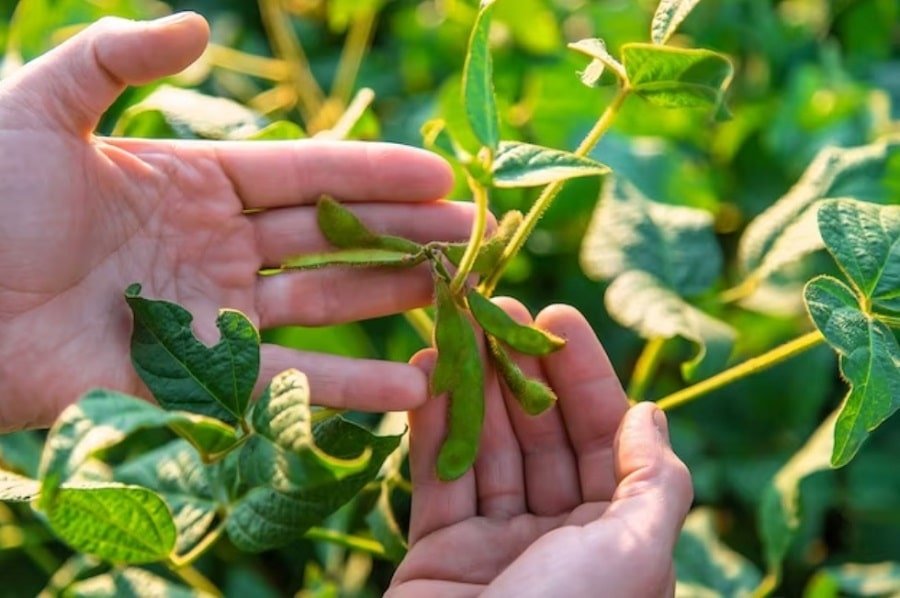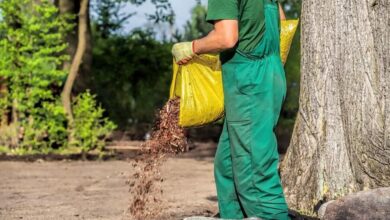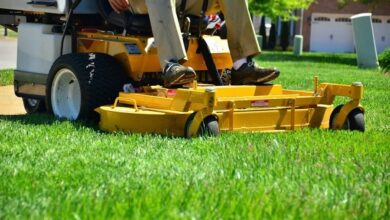8 Most Frustrating Issues With Growing Salvias And Its Solutions

Are you struggling with growing salvias? Don’t worry, we’ve got you covered!
In this article, we will address 8 common problems that you may encounter while growing salvias and provide you with the solutions you need.
From choosing the right soil and sunlight conditions to managing watering and drainage, we will guide you through each step.
So, if you want to ensure healthy growth for your salvias, keep reading!
Choosing the Right Soil and Sunlight Conditions
You’ll want to make sure you’re choosing the right soil and sunlight conditions for your salvias to thrive.
Salvias prefer well-draining soil that is rich in organic matter. They also require full sun to flourish, so make sure to plant them in an area that receives at least six hours of direct sunlight per day.
Once you have the soil and sunlight conditions sorted, the next step is managing watering and drainage.
Managing Watering and Drainage
To prevent overwatering, it’s important to ensure proper drainage when growing salvias. Good drainage allows excess water to escape, preventing the roots from becoming waterlogged. This can be achieved by using well-draining soil and adding organic matter such as compost or peat moss. Another option is to plant salvias in raised beds or containers with drainage holes.
By taking these steps, you can avoid the pitfalls of overwatering and promote healthy growth.
Now, let’s discuss how to deal with pest and disease infestations.
Dealing with Pest and Disease Infestations
Dealing with pest and disease infestations can be challenging, but there are effective methods to protect your salvias. Here are four simple ways to combat these problems:
- Regularly inspect your salvias for signs of pests or diseases.
- Use organic pest control methods, such as neem oil or insecticidal soap.
- Practice good garden hygiene by removing any infected or dead plant material.
- Encourage beneficial insects, like ladybugs, to help control pest populations.
By following these strategies, you can keep your salvias healthy and thriving.
In the next section, we will explore pruning and deadheading techniques to further enhance their growth.
Pruning and Deadheading Techniques
When pruning and deadheading your salvias, it’s important to use sharp and clean tools to prevent the spread of diseases. Regular pruning helps maintain the shape and size of your plants, while deadheading encourages more blooms. Remember to remove any dead or diseased branches, as well as spent flowers. By doing so, you ensure the health and vitality of your salvias.
Now, let’s move on to fertilizing for healthy growth.
Fertilizing for Healthy Growth
Fertilizing your salvias regularly with a balanced fertilizer will promote healthy growth and vibrant blooms. By providing the necessary nutrients, you ensure that your salvias have the energy they need to thrive.
However, it’s not just about feeding them. Protecting salvias from extreme weather conditions is equally important. Harsh winds, heavy rains, and intense heat can all take a toll on your plants.
Let’s explore how to safeguard your salvias from these challenges.
Protecting Salvias from Extreme Weather Conditions
To safeguard your salvias from extreme weather conditions, you’ll need to provide them with some form of protection.
During harsh winters, mulching around the base of the plants can help insulate the roots and prevent frost damage.
Additionally, you can use frost cloth or row covers to shield the plants from freezing temperatures.
By taking these precautions, you can ensure that your salvias stay healthy and vibrant throughout the year.
Now, let’s move on to propagation and transplanting tips.
Propagation and Transplanting Tips
If you’re interested in expanding your collection of salvias, there are two primary methods you can use: propagating them from cuttings or seeds. Both options have their own advantages and challenges, so it’s important to understand the process for each.
Additionally, once you have successfully propagated your salvias, ensuring their successful transplanting and establishment is crucial for their long-term growth and health.
Propagating Salvias from Cuttings or Seeds
One easy way to propagate salvias is by taking cuttings from mature plants. To successfully propagate salvias, follow these steps:
- Select a healthy, non-flowering stem from the mother plant.
- Cut the stem just below a node, removing any flowers or buds.
- Dip the cut end in rooting hormone and plant it in a well-draining potting mix.
By propagating salvias from cuttings or seeds, you can ensure a healthy and diverse garden.
Once your new plants have established, it’s important to take certain measures to ensure successful transplanting and establishment.
Ensuring Successful Transplanting and Establishment
Once you’ve successfully propagated salvias from cuttings or seeds, the next step is to ensure their successful transplanting and establishment. This process can be challenging, but with the right techniques, you can increase their chances of thriving in their new location. Pay attention to factors such as proper timing, soil preparation, and watering frequency to help salvias settle into their new home and flourish.
| Factors | Techniques |
|---|---|
| Timing | Transplant salvias in early spring or fall when temperatures are mild. |
| Soil Preparation | Incorporate organic matter into the soil to improve drainage and fertility. |
| Watering Frequency | Keep the soil consistently moist, but avoid overwatering to prevent root rot. |
Frequently Asked Questions
How long does it typically take for salvias to bloom after planting?
Salvias typically take about 4-8 weeks to bloom after planting. Make sure they have proper sunlight, well-draining soil, and regular watering. Don’t forget to deadhead faded blooms to encourage more flowers.
Can salvias be grown indoors?
Yes, salvias can be grown indoors. They make great houseplants as long as they receive sufficient sunlight and are watered regularly. Indoor salvias can bloom beautifully and add a pop of color to your living space.
Do salvias require a specific pH level in the soil?
Salvias prefer a slightly acidic to neutral soil with a pH level between 6.5 and 7.5. Maintaining the appropriate pH level will help the plants absorb nutrients efficiently and thrive in your garden.
Are salvias deer-resistant?
Yes, salvias are generally deer-resistant. They have a strong scent that deters deer from eating them. However, it’s important to note that no plant is completely deer-proof, so occasional browsing may still occur.
Can salvias be grown in containers?
Yes, salvias can be successfully grown in containers. They have shallow root systems and thrive in well-draining soil. Just make sure to choose a container that is large enough to accommodate their growth.
Conclusion
Growing salvias can come with its fair share of challenges. However, by choosing the right soil and sunlight conditions, managing watering and drainage, dealing with pest and disease infestations, practicing proper pruning and deadheading techniques, fertilizing for healthy growth, protecting salvias from extreme weather conditions, and following proper propagation and transplanting tips, you can overcome these problems and have thriving salvias in your garden.
Don’t be discouraged by the obstacles, but rather embrace them as opportunities to learn and improve your gardening skills.



